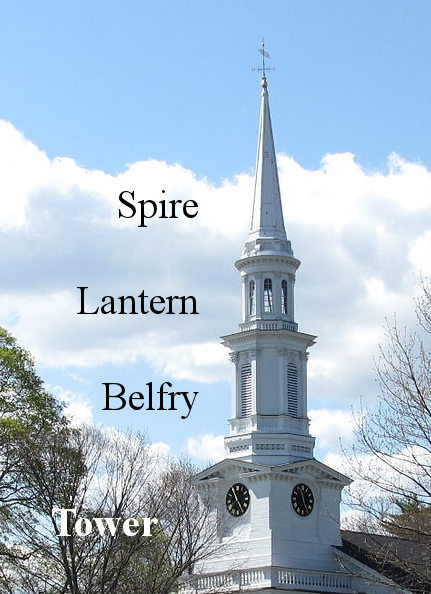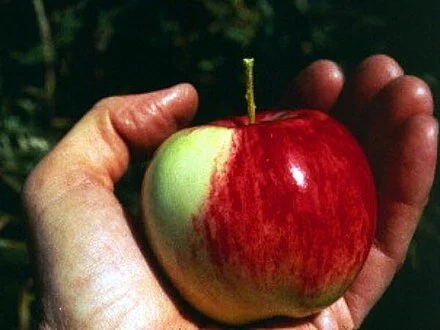
‘Purely to the heavens’
Typical New England-style church steeple.
— Photo by Mangoe
“In this wind to wrench the eye
And curdle the ear,
The church steeple rises purely to the heavens;
The sky is clear.’’
— From “Fiend’s Weather,’’ by Louise Bogan (1897-1970), a native of Livermore Falls, Maine, and a U.S. poet laureate
Depressing Depot Street in Livermore Falls in 1909, when the place was a busy mill town like so many others in New England.
'More than the fruit'
“Eat it; and you will taste more than the fruit:
The blossom, too,
The sun, the air, the darkness at the root,
The rain, the dew….’’
—From “The Crossed Apple,’’ by Louise Bogan (1897-1970). She was a native of Livermore Falls, Maine, where her father was a mill worker. She served as U.S. poet laureate.
1909 postcard
Waiting for the ‘salt wash’
Bass Harbor (Maine) Lighthouse
— Photo by Chandra Hari
“Where shell and weed
Wait upon the salt wash of the sea,
And the clear nights of stars
Swing their lights westward
To set behind the land…’’
From “Night,’’ by Louise Bogan (1897-1970), a native of Livermore Falls, Maine.
Downtown Livermore Falls, Maine, in 1909.
An edited version of a paragraph from Wikipedia:
“In the early 19th Century, the town’s region was predominantly farmland, with apple orchards and dairies supplying markets at Boston and Portland, and it was noted for fine cattle. As the century progressed, gristmills, sawmills, logging and lumber became important industries, operated by water power from falls that drop 14 feet. With the arrival of the Androscoggin Railroad, in 1852, Livermore Falls developed as a small mill town. Shoe factories and paper mills were established. . In 1897, the Third Bridge was built across the Androscoggin River. It measured 800 feet in length, at that time the longest single-span bridge in New England.’’





